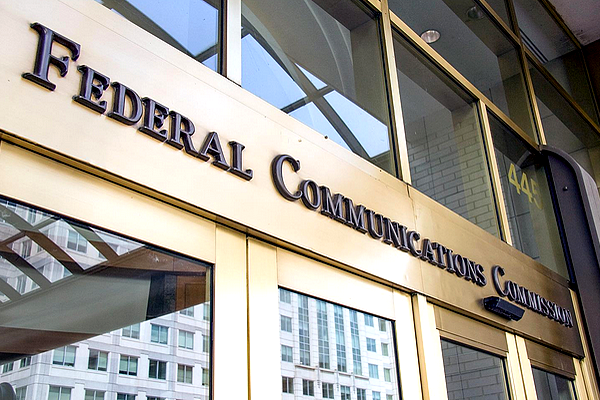People who do not have regular access to internet can fall behind in school, at work and even in other everyday tasks. It has become quite the norm for grade school teachers to assign students work that requires internet access. Also, internet has become a major component of today’s professional world. You need to check your emails regularly so that you don’t miss any business opportunity. But for that you need internet access.

Being aware of how important internet access is to every home, the Federal Communications Commission announced a final proposal to its members to approve a broadband subsidy of $9.25 a month for low-income households, in the government’s boldest effort to date to narrow a technological divide that has emerged between those who have web access and those who do not. “While more than 95 percent of households with incomes over $150,000 have high-speed Internet at home, just 48 percent of those making less than $25,000 can afford the service”, said the F.C.C.’s chairman, Tom Wheeler.
The new plan is said to be a part of an overhaul of a $2 billion phone subsidy program called Lifeline and will go to vote on March 31. “When we talk about digital equity, we need to remember that we’re talking a key part of the answer to many of our nation’s greatest challenges — issues like income inequality, job creation, economic growth, U.S. competitiveness,” Mr. Wheeler said last month in a speech on the plan.
“Five million American families with students at home go without regular broadband access,” said FCC Commissioner Jessica Rosenworcel. “We need to bridge this gap and fix this problem because our shared economic future depends on it.”
Senior officials at the FCC who prepared this new Lifeline proposal said “the agency hopes the subsidy will also encourage Internet service providers like Comcast, AT&T and Time Warner Cable to go into low-income areas where they may not normally make a profit.”
